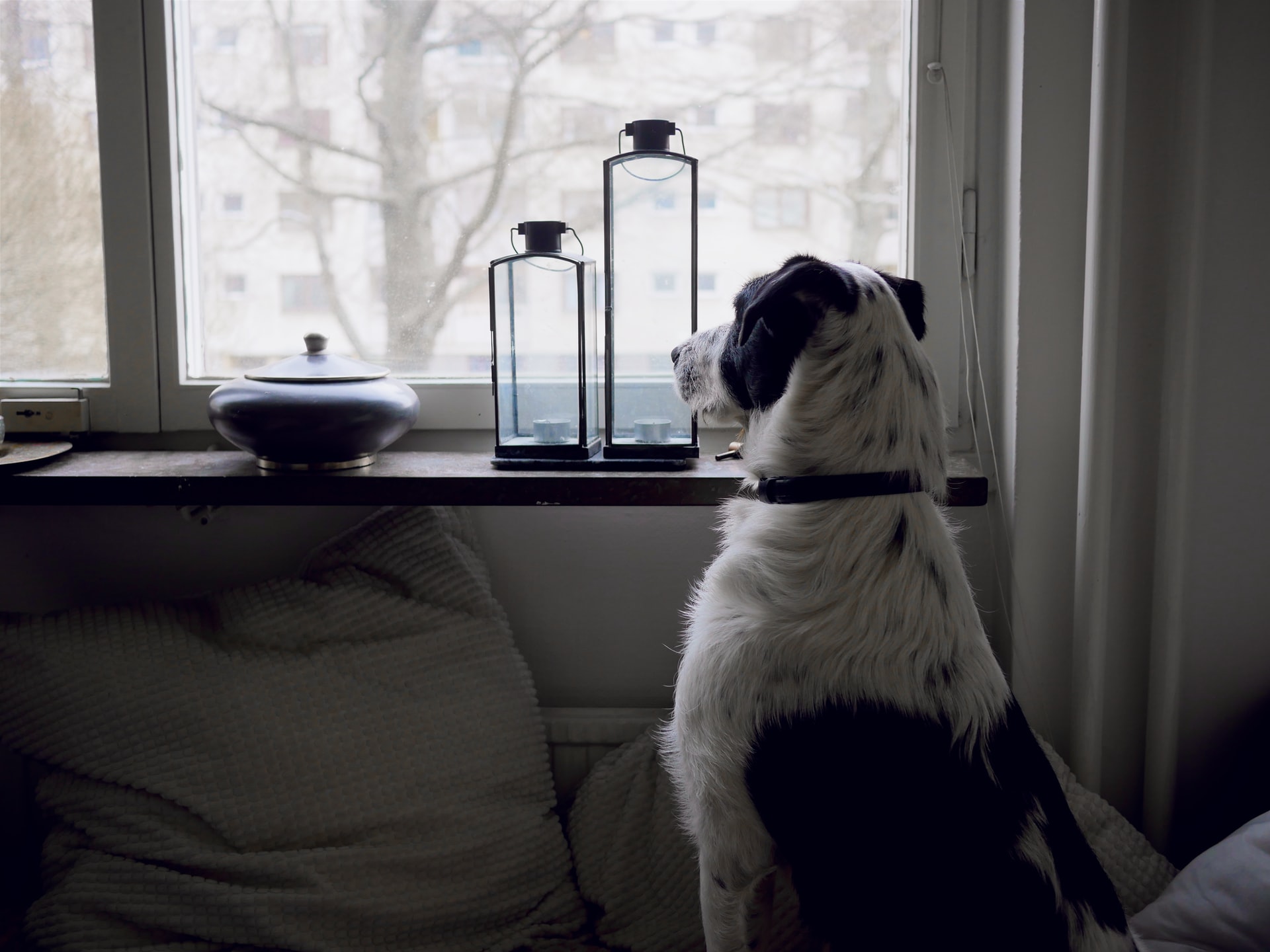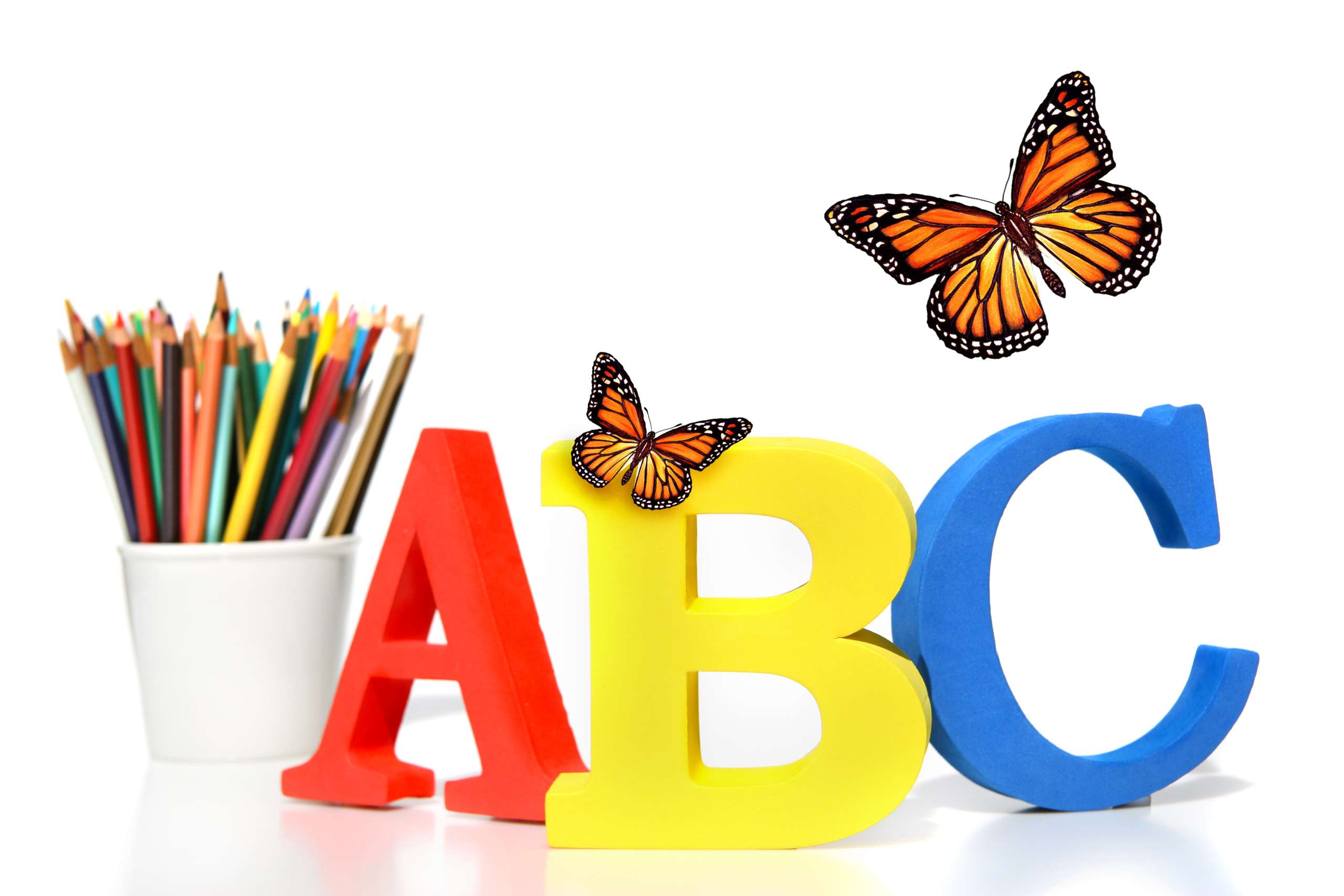The recent quarantine has likely been your dog’s dream come true. Humans home all day: check. Daily neighborhood walks: check. Weekend hikes with the family: check. While your cat may be counting the days until they have a quiet house all to themselves again, your dog has reveled in the extra attention, and loves spending every minute by your side. But, what will happen when you return to work, the kids go back to school, and their perfect world is turned upside down? As much as you may love your constant shadow, slowly severing ties, and teaching your pup some independence, will go a long way toward preventing separation anxiety.
Separation anxiety in pets
Separation anxiety is a behavioral condition that causes severe anxiety when a pet is separated from the person they depend on most. The condition has been reported in many species, including cats, but most frequently affects dogs, who have a natural affection for spending unlimited time with the people they love. Although it can sometimes be difficult to identify what causes a pet’s separation anxiety, the condition can stem from many situations, including:
- Suddenly being left alone, after becoming accustomed to being around people
- Change in ownership
- A new home
- Multiple past owners
- Change in routine or schedule
If you have been working from home for the past several months, and the kids have been home non-stop, you may have been unknowingly setting your dog up for disaster when life returns to normal. In particular, if you adopted a new pet during the pandemic—pandemic puppies are quite the trend—they know only constant companionship, and likely haven’t had the chance to develop independence.
Signs of Separation Anxiety in Pets
When dogs with separation anxiety are left alone, they experience extreme distress that often manifests as fearful behaviors, such as:
- Excessive panting
- Drooling
- Excessive vocalization
- Desperate attempts to escape, which may result in injury
Dogs with separation anxiety have been known to tear apart furniture, dig through drywall, and rip off toenails trying to escape. Understanding that these behaviors do not result from mischievousness, but are the result of extreme distress, is vital. Affected dogs have no control over these unwanted behaviors, and should never be punished.
Tips to prevent separation anxiety in your pet
Instead of springing a new routine on your pet when you head back to the office, and the kids resume in-class instruction at school, use these tips to prepare them for being alone.
- #1: Stick to a daily routine
If your nine-to-five schedule has slowly migrated to disjointed work sessions spread over all hours of the day and night, your dog probably has no idea of a “normal” day. But, pets thrive on routine, and love knowing what to expect. When it’s time to resume a normal schedule, if you suddenly head out the door at 7 a.m. for 10 hours, you may throw your dog into a tailspin. Instead, start moving toward a more normal routine now, so your furry pal is not surprised when you head back to the office.
- #2: Encourage alone time
Although you may love submitting reports while snuggling on the couch with your pet, encourage them to spend time alone during your work day, so they are not shell-shocked when left in an empty house. When it’s time to “go to work,” crate your dog, or gate them in a separate room where they cannot see you. Start with 30 minutes, and work up to several hours of alone time. Also, resist the urge to take your pup wherever you go. Leave them home sometimes when you run errands, or take a lunchtime trip to the park.
- #3: Reward independence
Help your dog learn to love spending time alone by pairing solo time with special treats they get only when they relax in their crate, or hang out in a separate room. Try hiding food in a snuffle mat that your pet has to rummage through to find every last kibble. Or, freeze a Kong filled with a mixture of your pet’s favorite treats—try mixing kibble and peanut butter, canned food and fresh veggies, or fresh fruit and yogurt. These food puzzles will stimulate your dog’s mind, as well as help pass time, so they will barely notice your absence.
- #4: Dissociate departure cues
If your dog becomes anxious when you put on your shoes, and grab your car keys, anticipating they will be left alone, work on dissociating these predictable behaviors with a nervous reaction by performing parts of your normal leaving routine, but staying home. For example, put on your shoes, and sit down to watch TV. Or, grab your purse, and put it on your nightstand. By disengaging connections in your pet’s brain that tell them these actions equal a stress-worthy situation, you will help prevent them from becoming worked up.
- #5: Downplay your return
There’s nothing better than being greeted by a loving pet when you return home, but your over-the-top reaction can erroneously communicate to your furry friend that their horrible isolation has finally ended. The same goes for an exaggerated good-bye, which can communicate that you are terribly sorry for leaving your dog alone in awful solitude. Instead, toss your pal a long-lasting treat, pat them on the head, and head out the door. When you arrive home, take off your shoes, relax for a few minutes, and then nonchalantly greet your dog. This may seem cold-hearted, but remember that you are helping your pet become more confident, and less dependent.
Managing separation anxiety in pets
Like most problems, preventing separation anxiety is easier than treating it. If you recognize anxiety signs in your dog when you prepare to leave the house, or head to the next room alone, act quickly, and put the above practices into action before minor nervousness escalates into full-fledged separation anxiety.
If your dog exhibits separation anxiety signs, and the above tips do not help, seek professional help from your family veterinarian. They can share additional tips, and may prescribe medications to reduce your pet’s anxiety, although more severe cases may require help from a veterinary behavior specialist.
If you found this post helpful, you might also like these posts:
Pets and COVID-19: What You Should Know
Is Your Dog’s Food Breaking Her Heart? An Inside Look at Grain-Free Diets and Heart Disease




